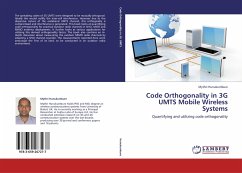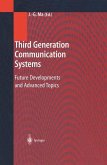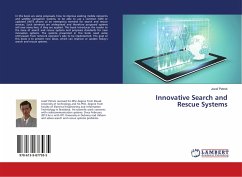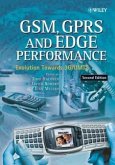For future wireless communications systems there is a greater emphasis on providing higher data rates and improved quality in terms of reliability over multipath fading channels. Multiple Input Multiple Output (MIMO) communications systems has received enormous attention recently, as they can provide a roughly linear increase in data rate by using multiple transmit and receive antennas. In a future where communication systems may implement MIMO technology, mobile user terminals are desired to be small, lightweight and have extended battery life. This is at odds with MIMO systems because receivers require either a large number of receive antennas, electronic hardware, and/or powerful signal processing.After presenting a background on wireless communications, such as fading, this thesis describes methods of overcoming fading, such as diversity. This is followed by introduction into MIMO systems that utilize the multiple fading to increase the data rate of wireless communication systems. The objective of this thesis is to increase the flexibility of mobile units by reducing the number of receive antennas needed to obtain near optimal performance and reduced complexity.
Bitte wählen Sie Ihr Anliegen aus.
Rechnungen
Retourenschein anfordern
Bestellstatus
Storno








